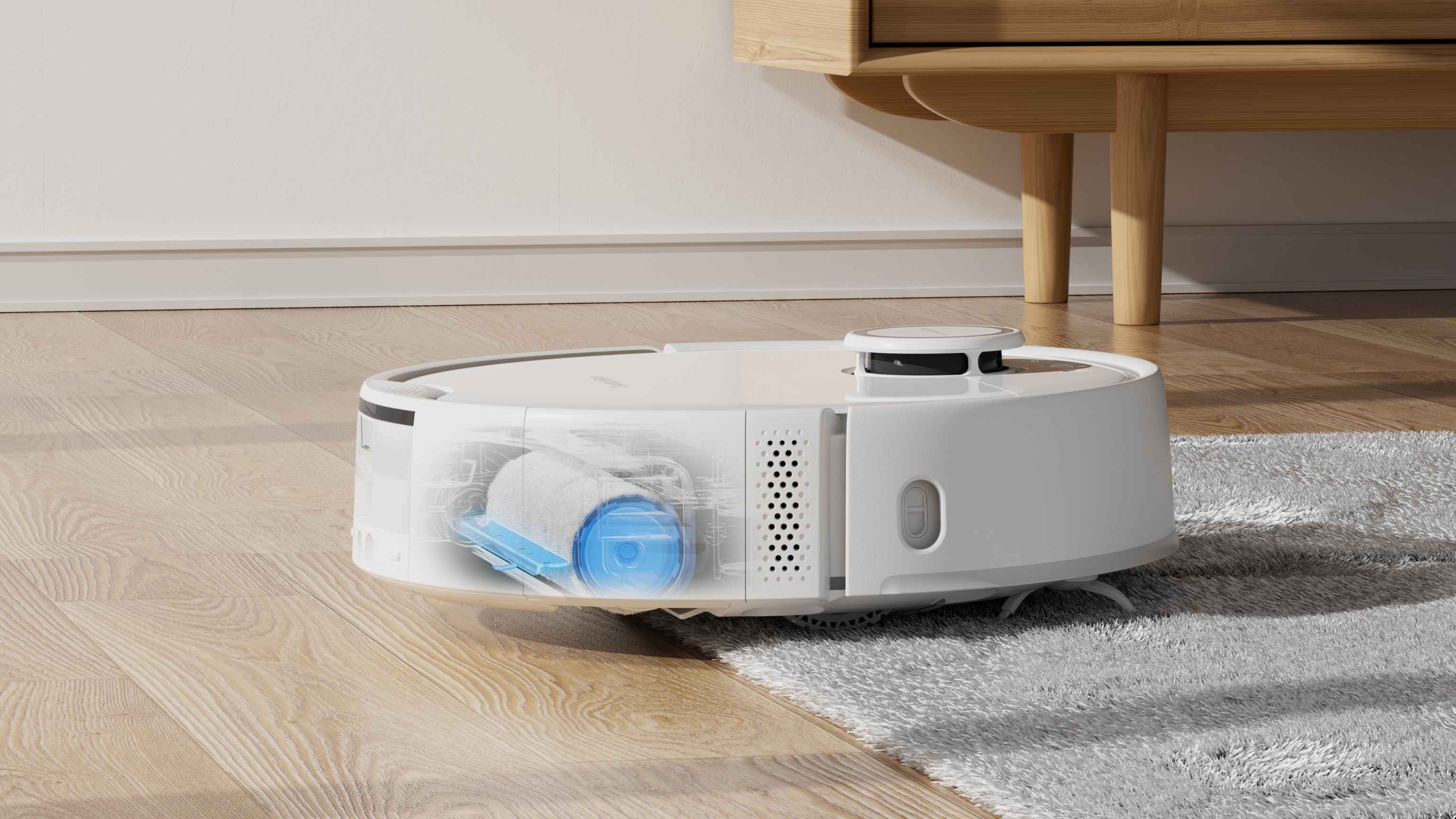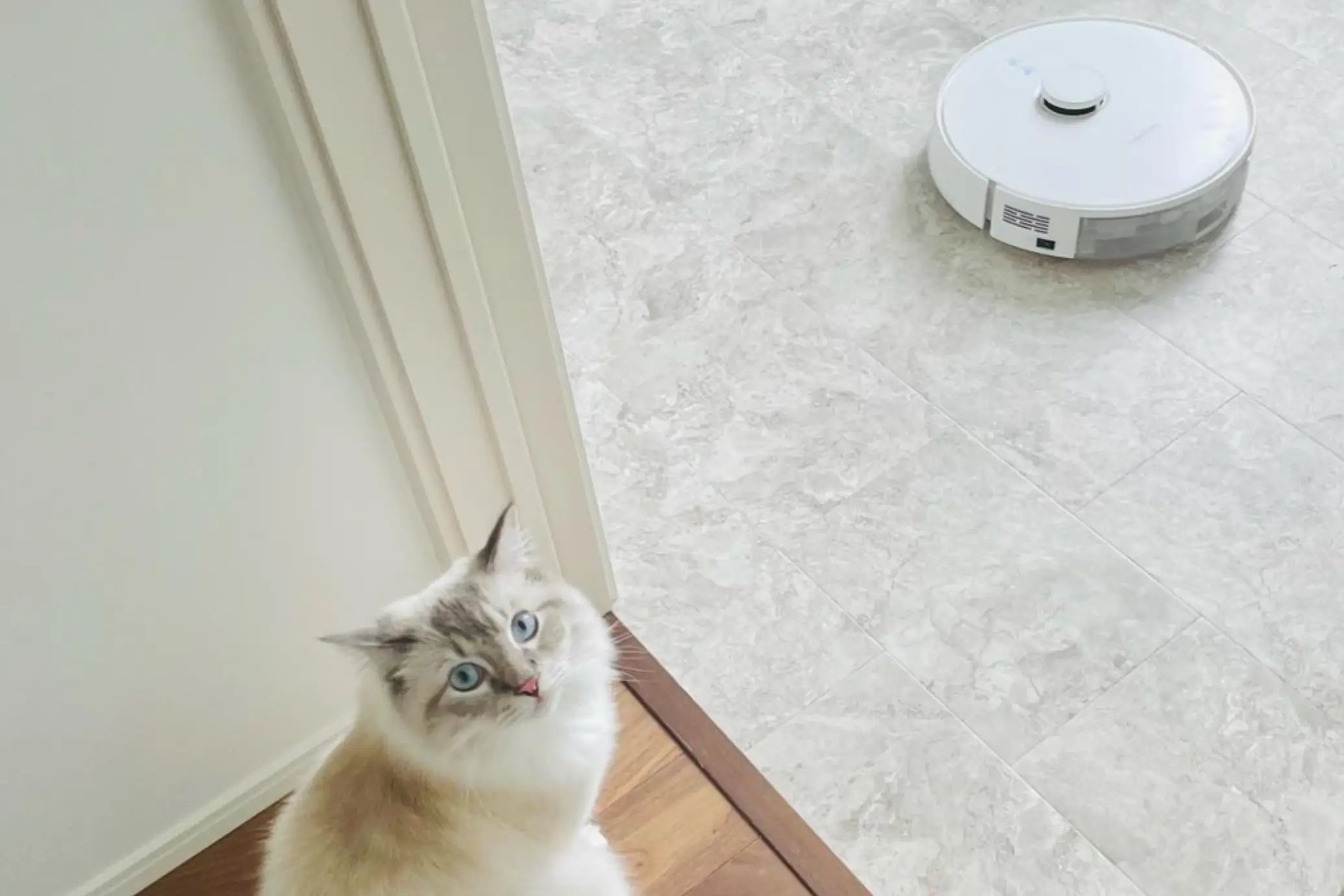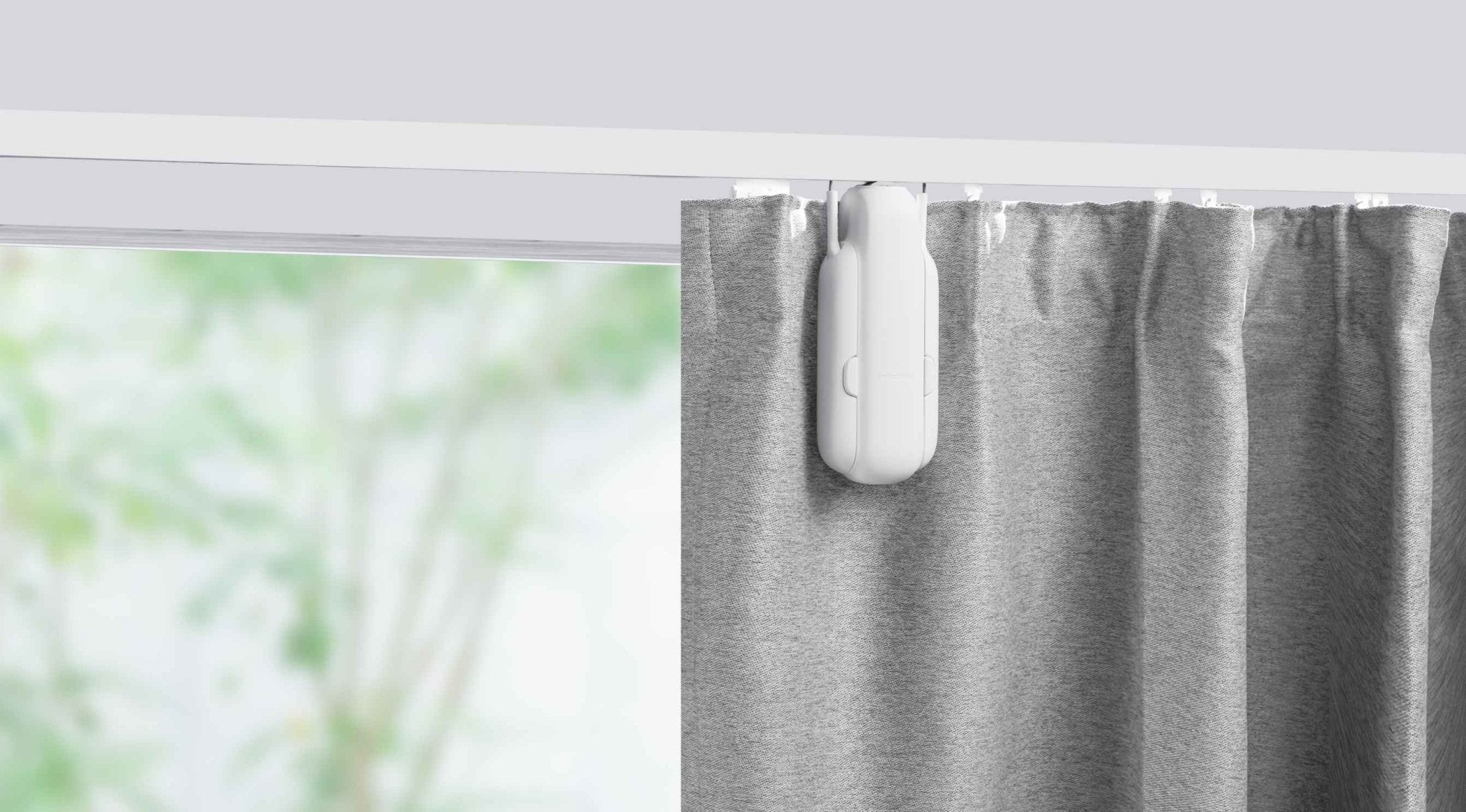Embracing the future with self-emptying robot vacuums: hands-free cleaning

Self-emptying robot vacuums take automated cleaning to the next level by having a dirt disposal system, which eliminates the need for manual emptying. The growing demand for such a smart home device highlights its ability to improve daily living and revolutionize home maintenance. Are you planning to get one? Let’s explore the benefits, features, and key buying factors for self-emptying robot vacuums.
Overview
Self-Emptying Robot Vacuums | Features and Functions
As the name itself suggests, a self-emptying robot vacuum collects all debris and automatically empties its dustbin into its docking station. Depending on the model, size, and frequency of use, the allergen-sealed bag of most self-emptying robot vacuums can hold about 60 to 70 days’ worth of debris before needing emptying. This makes the cleaning process significantly more convenient and efficient.
Sensors and Navigation Systems
Many self-emptying robot vacuums have advanced sensors and navigation systems to help them create efficient cleaning paths and reduce the risk of collisions. The most common of these navigation systems are LiDar (Light Detection and Ranging) and VSLAM (Visual Simultaneous Localization and Mapping).
For instance, the SwitchBot Floor Cleaning Robot S10 is equipped with a LiDAR system that offers several advantages, such as:
- Making precise maps of your home’s layout (so it doesn’t miss a spot).
- Avoiding different types of obstacles in real-time.
- Giving consistent performance even in low-light conditions.
Aside from mapping technologies, self-emptying robot vacuums consist of various sensors to help them move around and make crucial decisions. Here’s how these sensors work together to help these devices effectively manage the self-emptying process:
- Cliff Sensors: These sensors calculate the distance between the vacuum’s base and the floor to reduce fall risk.
- Bin-Full Sensors: The sensors inside the dustbin keep track of the amount of debris the vacuum has collected. Once it reaches full capacity, they tell the vacuum to go back to its docking station for emptying.
- Docking Sensors: Self-emptying robot vacuums use these sensors to find their base station and ensure they properly align with it. If the vacuum isn’t in the right position, the self-emptying process doesn’t start.
- Automatic Dirt Disposal Sensors: The function of these sensors is to activate the suction mechanism of the vacuum (if it’s in the right position). This action extracts the debris from the robot vacuum’s internal dustbin, and then moves it into a bigger bag or dustbin at the base station.

The Difference Between Self-Emptying and Traditional Robot Vacuums
Traditional and self-emptying robot vacuums in general share the same function, which is automated floor cleaning. The major difference between the two is that self-emptying models automatically transfer collected debris to a larger bin or bag. This offers added convenience because it eliminates the need for constant manual emptying.
The Advantages of Self-Emptying Robot Vacuums
Are you wondering whether self-emptying robot vacuums are worth it? Here are three great reasons you might like to consider:
No-Effort Cleaning
By automatically emptying its own dustbin, a self-emptying robot vacuum offers unmatched convenience. This means you’ll have more time and energy to do other more important and interesting tasks, especially if you’re always on the go or working from home.
Other models take it up a notch by being able to clean themselves. The SwitchBot Floor Cleaning Robot S10 is a great example of this. It uses the RinseSync mopping system to ensure its RevoRoll Roller Mop cleans itself instantly, preventing dirt from spreading around your house.

Cleaner Air Quality
Do you suffer from allergies, asthma, or other respiratory issues? Self-emptying robot vacuums can help greatly improve your health by providing cleaner indoor air quality—that is, if you regularly use them.
Look for a self-emptying robot vacuum that uses a HEPA (High-Efficiency Particulate Air) filter. According to the United States Environmental Protection Agency, HEPA filters can eliminate at least 99.97% of bacteria, dust, mold, pet dander, pollen, and particles as tiny as 0.3 microns (µm).
Self-Emptying Robot Vacuums | Key Buying Factors
You have plenty of options for self-emptying robot vacuums out there, but not all of them are worth your time and money. Here are a few things you should think about when selecting the right self-emptying robot vacuum for your needs and preferences.
Self-Emptying Features
Since it’s a “self-emptying” robot vacuum, it’s only logical to examine its capability to automatically store and dispose of dust and dirt. Some of the things you need to consider include the following:
Dustbin Size
The size of the dustbin isn’t a major consideration since the robot vacuum will instantly transfer debris to the base station. But depending on the frequency of emptying and the amount of dirt in your house, it’s beneficial to choose a model that has an onboard dustbin with a large capacity (around 300 ml and above).
Disposal System
Does it use a bag or bagless system for collecting dirt and dust?
If improving indoor air quality is important to you, a bagged system is a better option. But if you don’t want to keep buying new dust bags, choose a robot vacuum with a bagless system.
Self-Emptying Mechanism
There are many factors that determine the efficiency of self-emptying robot vacuums. Below are some of them:
- The design and size of the dustbin or bag.
- A sealed transfer system to reduce the amount of dust and allergens that are released into the air.
- Completely automated process of emptying the dustbin.
- Smart sensors that check if the onboard dustbin is full and needs emptying.
- Alerts and notifications for maintenance tasks.
- How efficiently the robot vacuum collects and transfers debris from its onboard dustbin to its docking or charging station.
Suction Power
The rule of thumb is that the higher the pressure (measured in Pascals or Pa), the greater the ability to collect dirt. When it comes to robotic vacuums, a suction power between 500 Pa and 2,000 Pa is usually enough.
The specific suction power a self-emptying robot vacuum should have depends on the type of flooring your house has. Below is a general guide:
- Solid Floor Surfaces (e.g., tile and laminate floors): 1,000 to 1,500 Pa.
- High-Pile Carpets: 2,500 Pa and higher.
- Medium-Pile Carpets: 2,000 to 2,500 Pa.
- Low-Pile Carpets and Rugs: 1,500 to 2,000 Pa.
Battery Life
Battery life is an important buying consideration because it determines the amount of time your robot vacuum can spend cleaning before it needs recharging. On average, the battery life of these devices ranges from 1.5 to 2 hours. This, of course, will vary depending on several factors, such as the battery condition, cleaning mode, and floor type.
Maintenance Requirements
Self-emptying robot vacuums are usually more low-maintenance than traditional vacuums. But this doesn’t mean they don’t require some form of maintenance to ensure they always work effectively.
Think how easy it is to clean or replace the filters, brushes, rollers, and onboard dustbin. You also need to make sure your vacuum’s software is regularly updated to fix bugs and get the latest features.
The Future Trends for Self-Emptying Robot Vacuums
The demand for robotic vacuum cleaners will continue to grow in the coming years. This continuous market growth is driven by many emerging trends.
One of the significant future trends is the increased role of advanced artificial intelligence (AI) in enhancing the efficiency of these devices. AI can help robot vacuums do better at mapping the layout of your rooms and identifying obstacles and different kinds of debris, just to name a few.
For SwitchBot’s Floor Cleaning Robot S10, you can expect it to have more automated features in the coming years. This includes a dehumidifier with auto-refilling and auto-draining capabilities, making sure the S10 is completely free from human intervention.
Key Takeaways
Not only can self-emptying robot vacuums do almost all the cleaning, but they can also empty their own dustbins and clean themselves. Plus, they can seamlessly integrate with various smart home devices and platforms, providing a truly hassle-free cleaning experience. If you want to enjoy a cleaner home without exerting great effort, invest in a self-emptying robot vacuum, such as the SwitchBot Floor Cleaning Robot S10, today.
Buy now and enjoy huge discounts!








